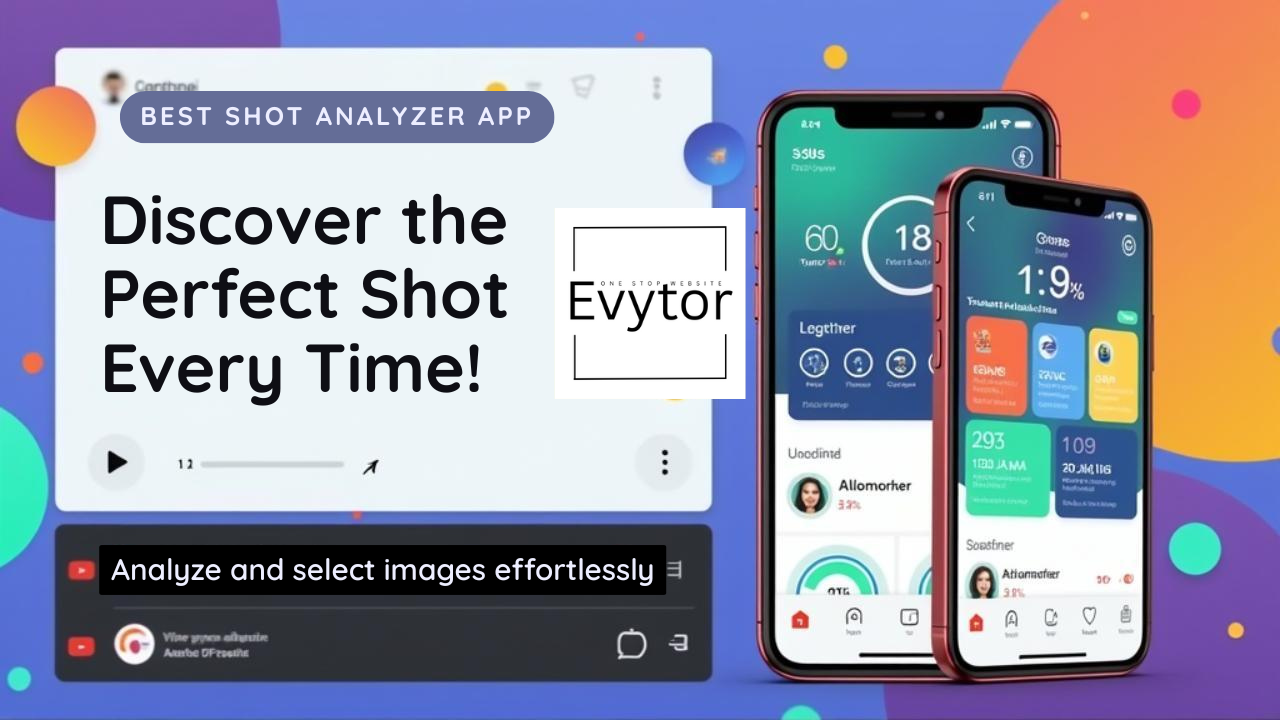The Secret to Maintaining Work-Life Boundaries Remotely
Ah, remote work. The dream for many! No more commutes, flexible hours, the comfort of your own home... Sounds perfect, right?
But let's be honest, it's not always sunshine and rainbows. One of the biggest hurdles remote workers face is the blurring line between work and life. Suddenly, your living room is your office, your dining table is a conference room, and it feels like you're *always* on.
Maintaining healthy work-life boundaries isn't just a nice-to-have; it's **essential** for your well-being, productivity, and preventing burnout. So, what's the secret? Let's dive in.
Why Boundaries Are Your Remote Work Superpower 💪
Without clear boundaries, work can easily creep into every corner of your life. This can lead to stress, fatigue, strained relationships, and a feeling that you can never truly switch off.
Establishing boundaries helps you:
- ✅ **Protect your mental health:** Knowing when work ends allows your mind to rest and recharge.
- ✅ **Boost productivity:** Focused work during designated hours is often more effective than scattered work throughout the day.
- ✅ **Prevent burnout:** Consistent boundaries help sustain your energy levels over the long term.
- ✅ **Improve relationships:** You're more present for loved ones when you're not mentally tied to work 24/7.
Practical Strategies for Setting & Maintaining Boundaries 💡
Setting boundaries requires intentionality and consistency. Here are some actionable steps:
1. Define Your Workday ⏰
This is fundamental. Even with flexibility, having a general structure is key.
- Set a start time: Treat it like you're going into an office. Get ready, have your coffee, and *begin* work at a specific hour.
- Set an end time: Crucially, decide when you will *stop*. Be firm about this. Unless there's a true emergency, log off.
- Schedule breaks: Don't work for 8 hours straight. Plan short breaks and a lunch break. Step away from your workspace!
2. Create a Dedicated Workspace 🖥️
If possible, have a physical space solely for work. This helps train your brain to associate that area with work mode.
- Separate room (ideal): If you have a spare room, use it! Close the door when you're done.
- Dedicated desk/corner: If a room isn't possible, designate a specific desk or area. Keep work items confined to this space.
- Pack away at the end of the day: If you *must* use a shared space like a dining table, pack up all work-related items at the end of your workday. Out of sight, out of mind!
3. Communicate Your Availability Clearly 🗣️
Your colleagues and manager need to know your general working hours and when you're taking breaks or logging off.
- Set clear expectations: Discuss your availability with your team. Use statuses in communication tools (e.g., Slack, Teams).
- Manage notifications: Turn off work notifications on your phone outside of work hours. Use




